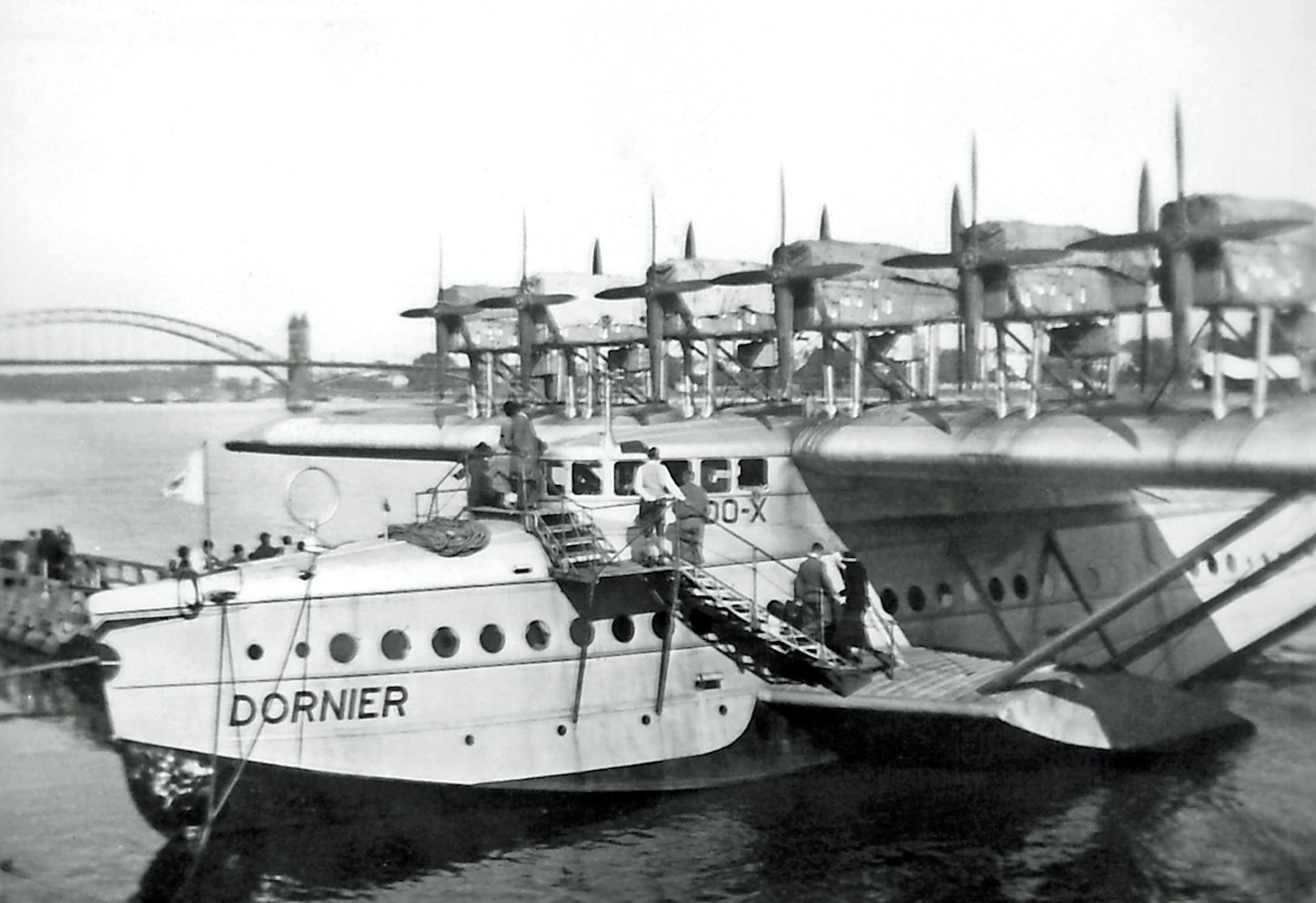Weather is one of the most important factors to consider when it comes to aviation safety. While modern planes are designed to withstand a variety of weather conditions, extreme weather can still pose a serious risk to planes and their passengers. In this article, we’ll take a closer look at the impact of weather on aviation safety and explore some of the measures that are taken to mitigate these risks.
The Impact of Weather on Aviation Safety
Weather can impact aviation safety in a variety of ways. For example, severe thunderstorms can create strong winds and turbulence that can make it difficult for planes to maintain a stable flight path. Heavy rain or snow can reduce visibility, making it more difficult for pilots to see the runway or other aircraft. Extreme temperatures, such as those experienced during heatwaves or cold snaps, can also impact the performance of planes and their engines.
One of the biggest weather-related risks for planes is the phenomenon known as ‘clear air turbulence’. This type of turbulence occurs when there is no visible cloud activity, making it difficult for pilots to anticipate and avoid. Clear air turbulence can cause severe jolts and drops in altitude, potentially leading to injuries for passengers and crew members.
Mitigating Weather-Related Risks in Aviation
In order to mitigate the risks associated with weather, a variety of measures are taken in the aviation industry. For example, planes are equipped with sophisticated weather radar systems that allow pilots to anticipate and avoid potential weather hazards. Air traffic controllers also play a key role in ensuring aviation safety during adverse weather conditions. They monitor weather patterns and provide pilots with real-time updates about weather conditions, helping them to make informed decisions about their flight paths.
In addition to these measures, airlines and airports also take steps to prepare for extreme weather events. For example, airlines may cancel or delay flights during severe thunderstorms or hurricanes in order to reduce the risk of accidents. Airports may also close runways or divert flights to other airports in order to ensure the safety of passengers and crew members.
The Future of Weather Forecasting in Aviation
As technology continues to advance, so too do the tools and techniques used to forecast and mitigate weather-related risks in aviation. For example, the use of artificial intelligence and machine learning algorithms is becoming increasingly common in weather forecasting. These tools allow meteorologists to analyze vast amounts of data and make more accurate predictions about weather patterns and their potential impact on aviation safety.
In conclusion, the impact of weather on aviation safety cannot be overstated. Extreme weather conditions can pose a serious risk to planes and their passengers, and it’s important for everyone involved in the aviation industry to remain vigilant and prepared for these risks. By using advanced weather radar systems, collaborating closely with air traffic controllers, and taking proactive measures to prepare for extreme weather events, we can ensure that air travel remains one of the safest modes of transportation in the world.


